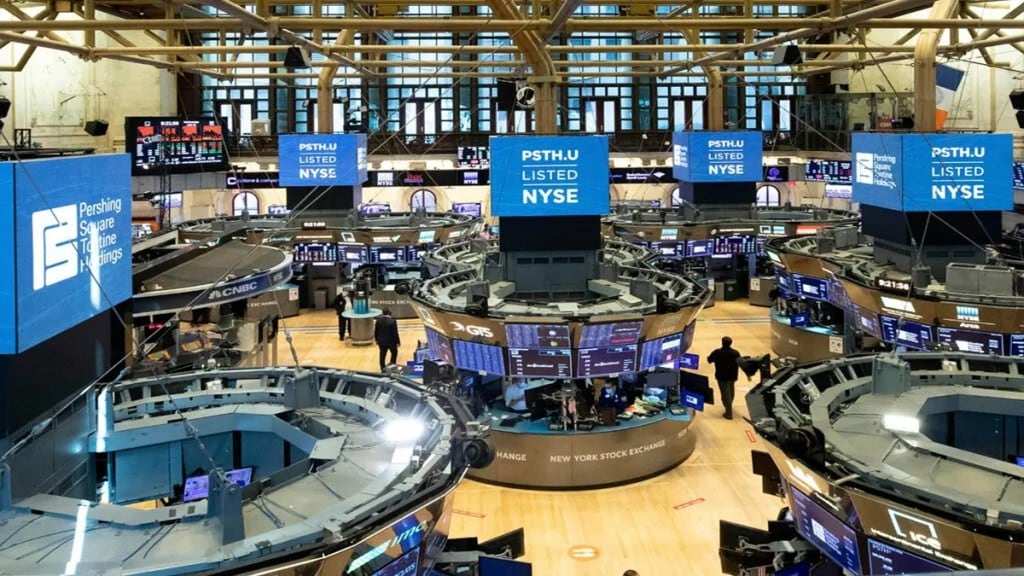Equity investors are witnessing a big erosion of their wealth in 2025. The tech-heavy Nasdaq 100 index nosedived 3.8% with Monday’s selling wiping out more than $1 trillion in value.
On Monday, U.S. stocks experienced their worst day of 2025, causing investors to anticipate further selling and a possible bear market for the Nasdaq Composite Index.
The Nasdaq Composite index witnessed a market correction, which is characterized by a 10% decline from a recent peak, which was touched on December 16 when Nasdaq finished at 20,173.89. A 20% downturn transforms a correction into a bear market.
S&P 500 has already dropped 8.6% from record highs. The group of Magnificent Seven stocks tumbled 5.4% on Monday.
Monday Market Mayhem saw Dow dropping 2.08%, the S&P 500 by 2.7%, and the Nasdaq Composite plunging 4%, with all three major indices hitting fresh multi-month lows.
Tuesday appears to be a better trading day, with selling pressures seeming to have been contained. Dow is down 250 points while S&P 500 and Nasdaq are almost flat.
Many stocks are attracting dip-buyers after closing more than 4% down on Monday. Tesla, after crashing over 15% is up by 5% in pre-market trading on Tuesday. Nvidia closed 5% lower but is up over 1.5%.
Fear on Wall Street
The R-word has always been a significant factor for markets to turn super bearish when recessionary pressures emerge. Trump’s tariffs are expected to be damaging for the economy, which is already reeling under pressure on several fronts. Is the US heading towards recession?
When questioned about the likelihood of a recession, President Donald Trump characterized the economy as being in “a period of transition.” Inflation fears have also increased as a result of his tariffs, which might make it more difficult for the Fed to lower interest rates.
As concerns about inflation give way to worries about the economy, the benchmark 10-year Treasury yield, which was recently at a peak of 4.8%, has dropped to 4.216%. Bond yields are declining, which indicates that Wall Street believes the Fed may have to lower interest rates to support a faltering economy.
US economy is not in a bad shape, although consumer sentiments and job market paint a different picture. Market reaction on Monday was largely based on Trump’s response to recessionary fears. US Fed has still enough room to cut rates, only the timing is the question. A rate cut scenario will propel US stocks, which in turn depends on incoming economic data.
Incidentally, Citigroup Inc. strategists downgraded US equities to neutral from overweight, while upgrading China to overweight, indicating a pause in US exceptionalism.
Investors are now closely watching the latest US inflation data to be released tomorrow for further insights into price trends. How the latest inflation numbers will shape the market sentiments remains to be seen.


